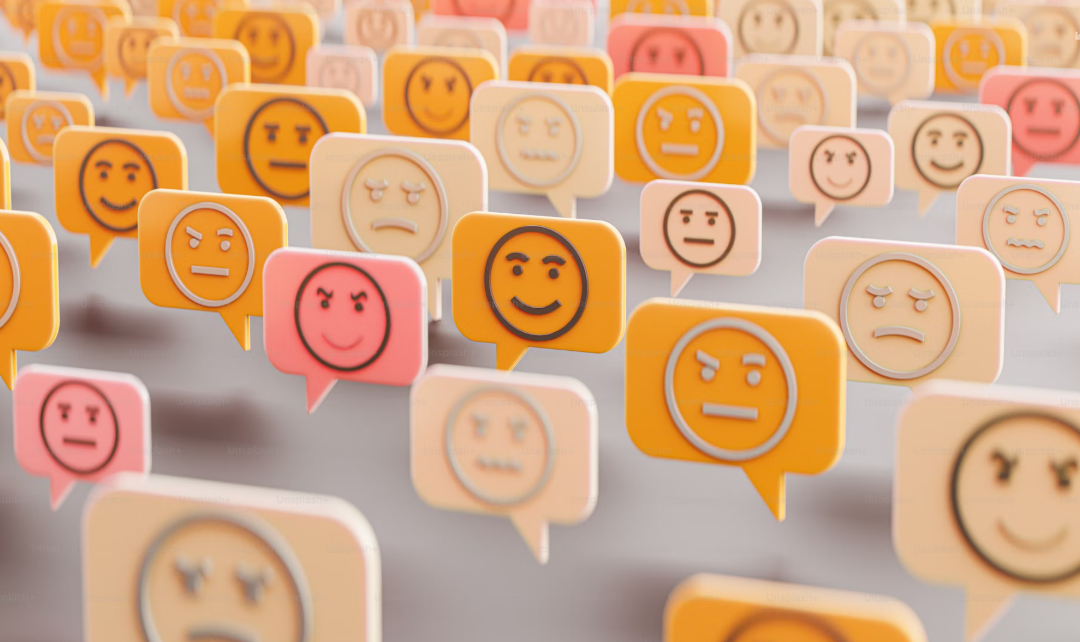“The single biggest problem in human communication is the illusion that it has taken place.” –George Bernard Shaw
Thanks to my colleague Dr. Kari Glenn for sharing this study with me.
Have you ever received a text message that is so flat or neutral you can’t figure out what the person actually means?
You open the text and read it, only to find yourself wondering if the person is irritated, distant, distracted, stressed, condescending, matter-of-fact, or happy to hear from you?
But you can’t really tell.
I have a good friend with whom this seems to happen more frequently. For the purposes of this article and in case he reads this post, he will remain unnamed and I will keep his identity completely anonymous by only referring to him as EG 😊.
When I open his messages, I have great difficulty decoding the emotional tone. Maybe there isn’t one!
I often find myself mildly distressed or ruminative, spending too much time wondering what the message might mean, how I should feel about it, and how to reply.
Should I ask a clarifying question? Often that only makes the lack of clarity worse.
Maybe you have had this experience too.
Furthermore, EG rarely uses Emojis and lately—seems to have taken to using the faces that are neutral and less expressive, further obfuscating the message.
When I told him that I frequently had difficulty interpreting the meaning of his text messages, he replied, “maybe you shouldn’t read into it.”
He makes a good point.
And since the pandemic, in-person communication may have decreased sharply for many people, making written communication by email, text, or instant messaging much more common—leaving even more room for miscommunication.
But a new study from researchers at Indiana University suggests that more frequent use of emojis is associated with higher levels of emotional intelligence.
Broadly defined, emotional intelligence is the ability to correctly identify, understand, and respond to your own emotions and the emotions of others.
They also found that less frequent emoji use was associated with an avoidant attachment style, which often involves prioritizing self-reliance and independence over emotional closeness or intimacy. This was true of both men and women who used emojis less often with partners or friends.
The authors of the study note it’s limitations in that the 320 U.S. adult participants lacked much diversity, and therefore, future studies in this area should be done on more diverse populations.
In 1967, psychologist Albert Mehrabian published a now infamous paper on non-verbal communication. His studies have been misinterpreted to suggest that 93% of all human communication is nonverbal, but that is too simplistic and the conclusions of his work have been debated.
Whatever percentage of communication is nonverbal, we can all agree that things like posture, tone, gestures, volume, or facial expression can play a significant role in the meaning of the message.
All of these things are largely absent from written communication, and some of them are still missing from phone contact or virtual meetings where attendees may not have their camera on.
All of this leaves more room for miscommunication.
Perhaps emojis buffer this somewhat by providing some emotional context for the message—such as an effusive facial expression, prayerful hands, or an emphatic thumbs up to provide the recipient with a little more context for the message.
In a world where written communication is increasingly being used as the default mode of communicating, we may need all the help we can get to ensure that our messages are being received in the way we intended.
So what can you do with this new information?
Take action now
- Pick up the phone or meet in person more often. Sometimes an email or text message just won’t work and picking up the phone ends up being much more efficient because it can avoid miscommunication. Meeting in person is even better, especially when you need to discuss a difficult topic or resolve a conflict.
- Turn your camera on in virtual meetings. Today’s virtual world can reinforce introverted habits that may not be good for people. People now have more opportunities to hide behind a sort of “mask” by turning off their cameras. Have you ever noticed how you feel when someone doesn’t have their camera on, or when someone asks you to turn on your camera? You might suddenly feel like you have much more skin in the game when you have your camera on for the entire meeting. It makes a difference. Especially if you are leading small team meetings, its probably best to require video. It carries a much different level of engagement and accountability.
- Avoid emails or texts that carry any negative emotional tone. We repeatedly remind our team members not to send anything remotely angry by email. It just never works out well. A good rule is to sleep on any emails that might provoke a bad response or crowd source it and have someone you trust read it for any negative emotional tone. Leaders especially need to remember that they often miscommunicate and that employees frequently fear their leaders, so leaders need to be extremely careful of tone in written communication to counter this phenomenon. If you are the type of leader that could be viewed as overly formal, distant, or emotionally constrained, you might get better results if you stretch out of your comfort zone into a tone of greater warmth and empathy as your new starting point. If there is any chance your message may get any emotional reaction, it is probably best to schedule a meeting or phone call.
- Use more emojis! If you are an infrequent emoji user, you might want to experiment with a little more emotional expression by inserting more emojis into your written messages and seeing what kind of response you get from people. Heck, it might even increase your emotional intelligence or foster improved closeness in your relationships.
Have a great weekend!
Parker




